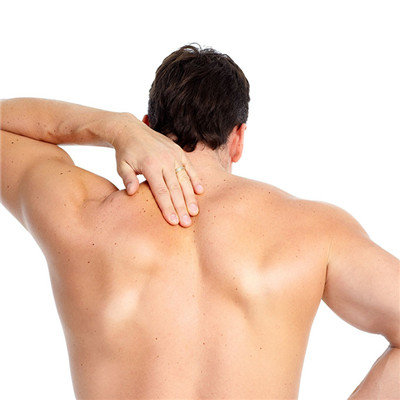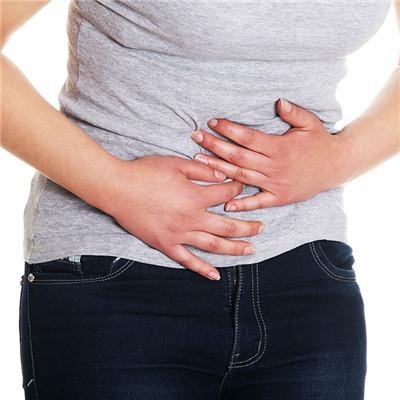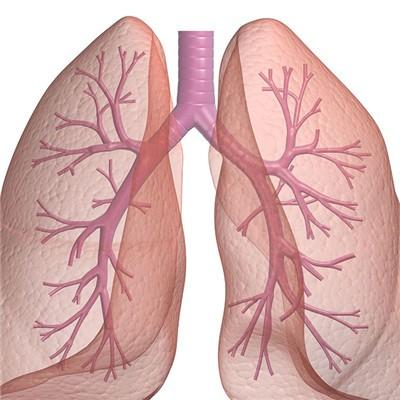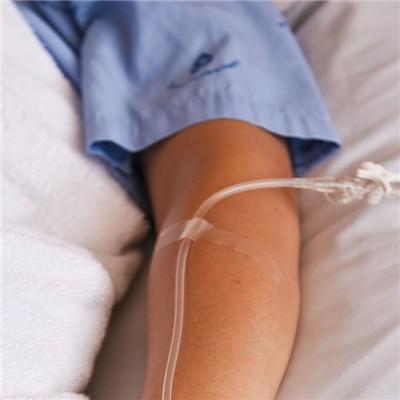What examination should ulcer disease acute perforation do?
summary
Ulcer perforation. Gastric and duodenal ulcers develop to the deep and can pass through the stomach or duodenal wall. It is a common complication of ulcer disease, but it is less than half of bleeding, accounting for about 20% - 30% of hospitalized patients with ulcer disease. Ulcer perforation can be divided into acute, subacute and chronic according to its clinical manifestations. The type of perforation mainly depends on the location of the ulcer, and then on the process of ulcer development and the surrounding tissues and organs. What examination should ulcer disease acute perforation do? Next, I'd like to share my views with you.
What examination should ulcer disease acute perforation do?
. abdominal examination. Due to the stimulation of peritoneum, there is obvious tension and ankylosis of abdominal muscle, which is often called "plate ankylosis". The ankylosis of abdominal muscle is most obvious in the early stage of perforation, and the degree of ankylosis is correspondingly reduced after the formation of late peritonitis.
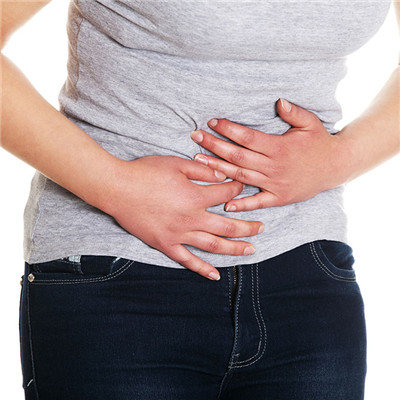
Typical cases are easier to diagnose. However, some patients may have atypical manifestations due to small perforation, such as limited location of abdominal pain, lack of muscle tension and subphrenic pneumatosis. At this time, diagnosis should be made after excluding other similar diseases in combination with medical history.
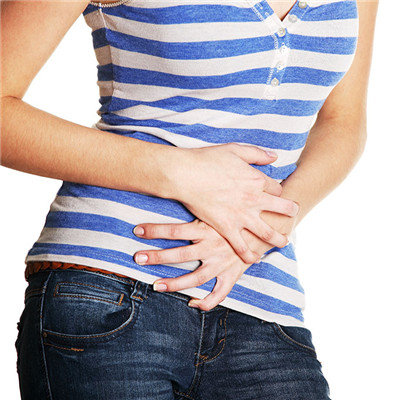
If there is a lot of peritoneal effusion, the peritoneal puncture can also be used for smear microscopic examination. If food residue is found, the diagnosis can be assisted. Other auxiliary examinations: X-ray vertical plain film examination, about 80% of patients can see subphrenic gas accumulation. Abdominal abscess can be found by B-ultrasound.
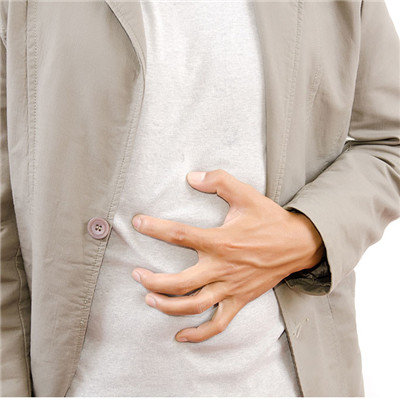
matters needing attention
A small number of meals, 5-6 meals a day, pay attention to timing and ration, avoid starvation and satiety, choose easy to digest, high nutritional value and stomach protection food; Cooking methods should be steaming, boiling, boiling, blanching, stewing and other cooking methods, avoiding fried and fried food; Avoid using coarse fiber, hard and difficult to digest food; Avoid using too sweet, too sour, too cold, too hot and spicy food.





